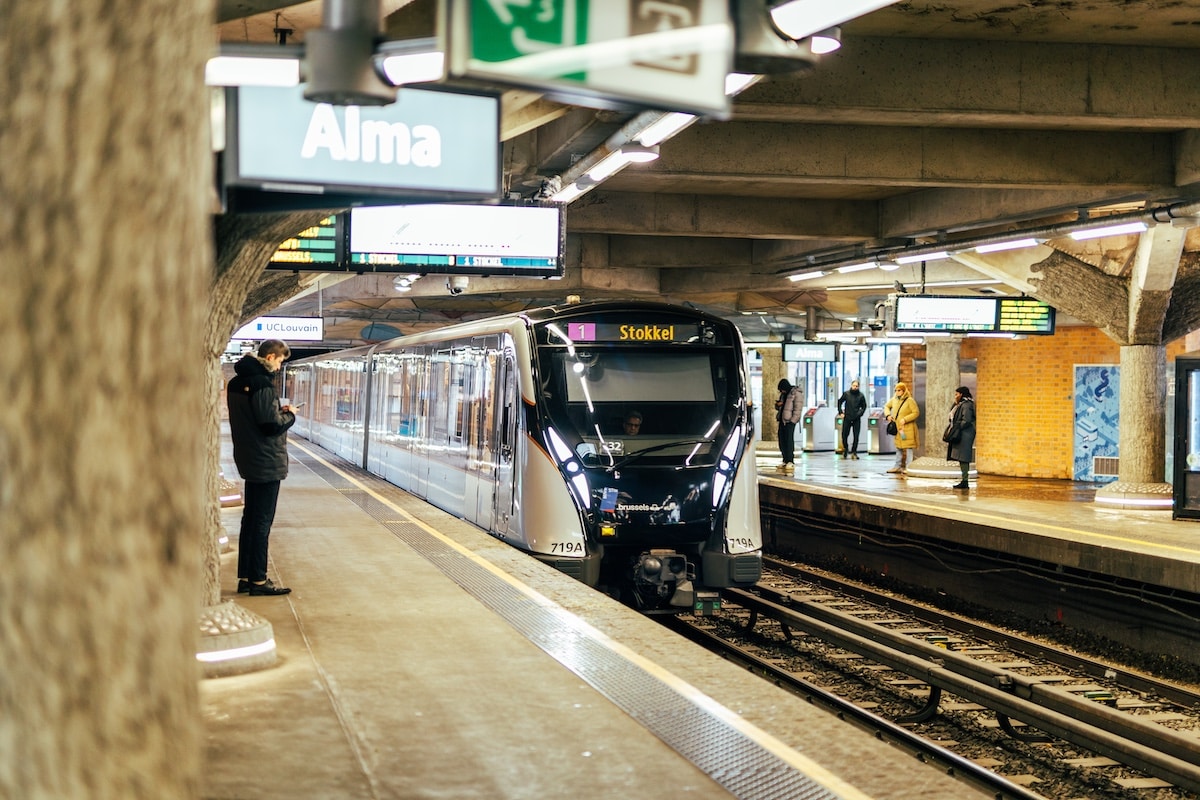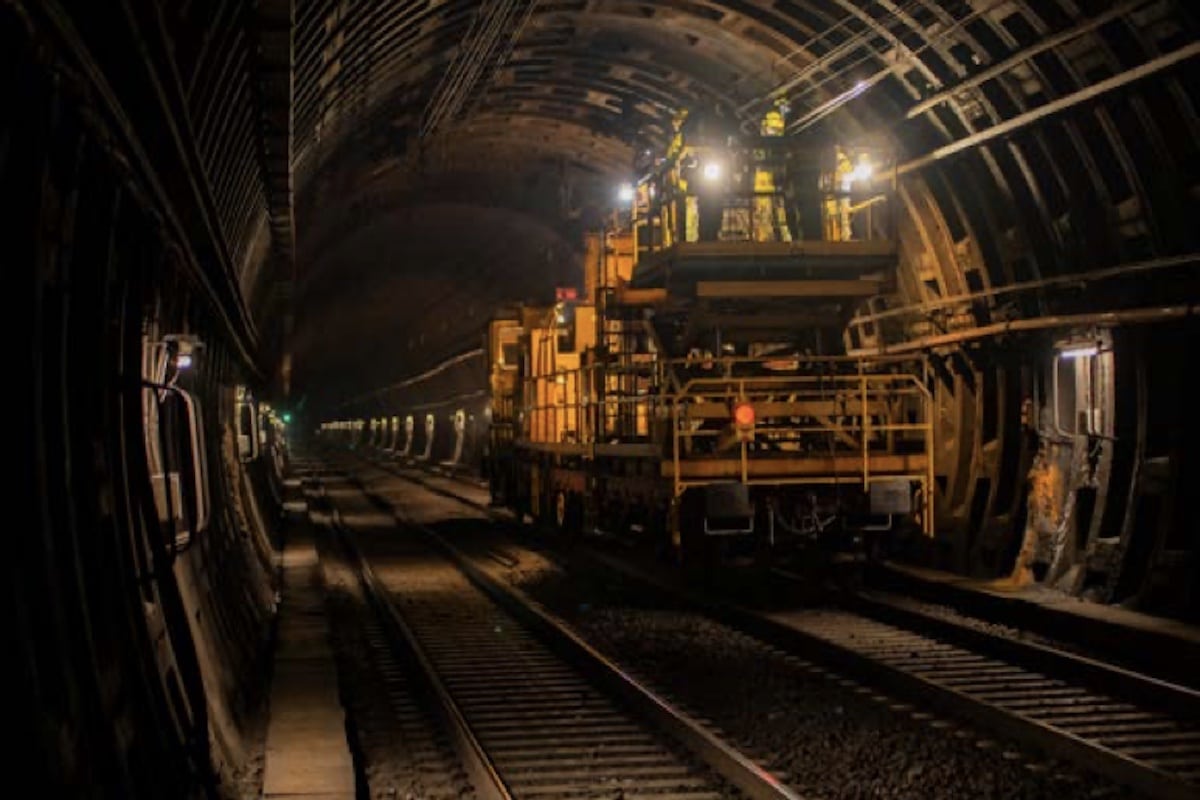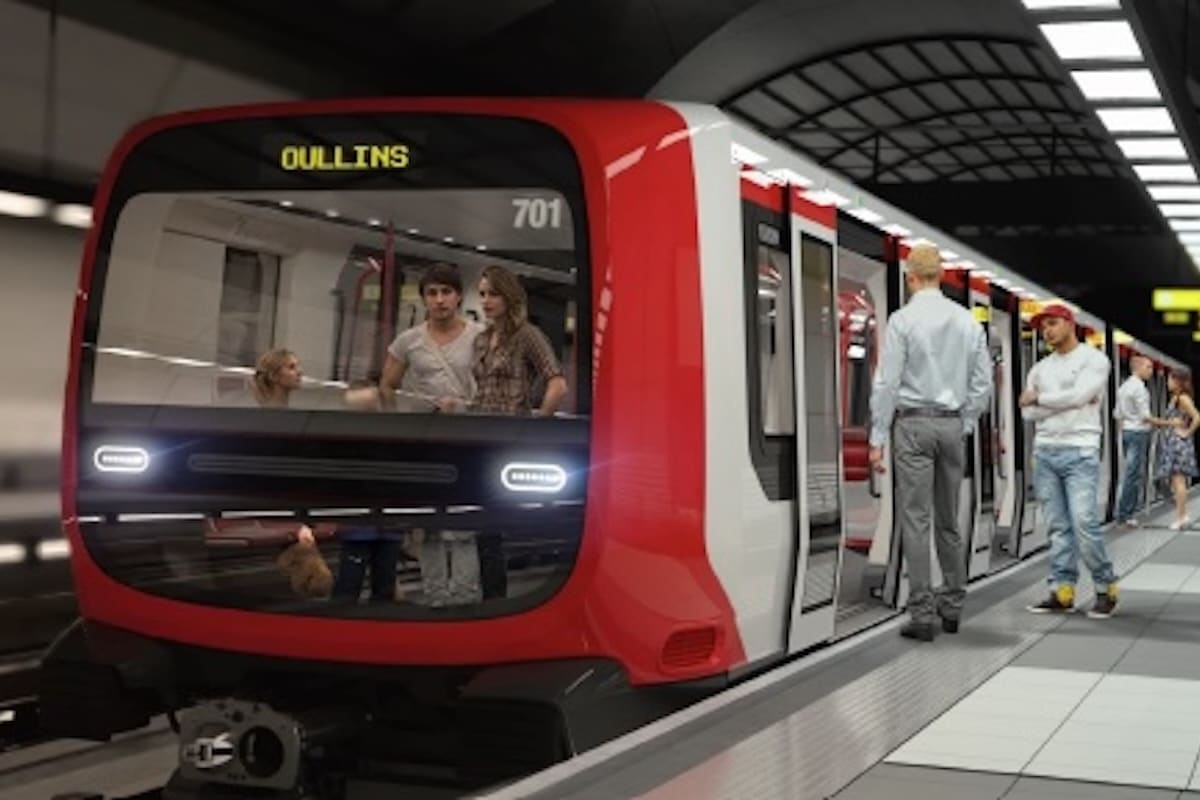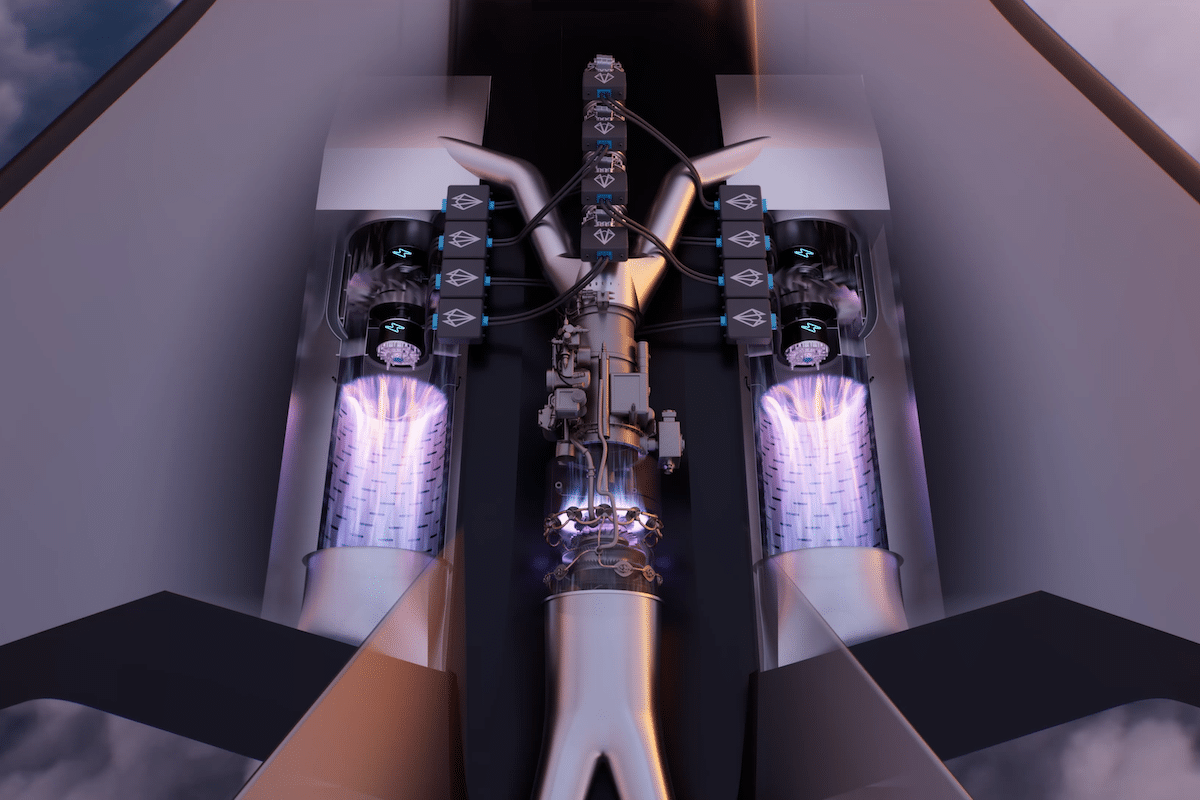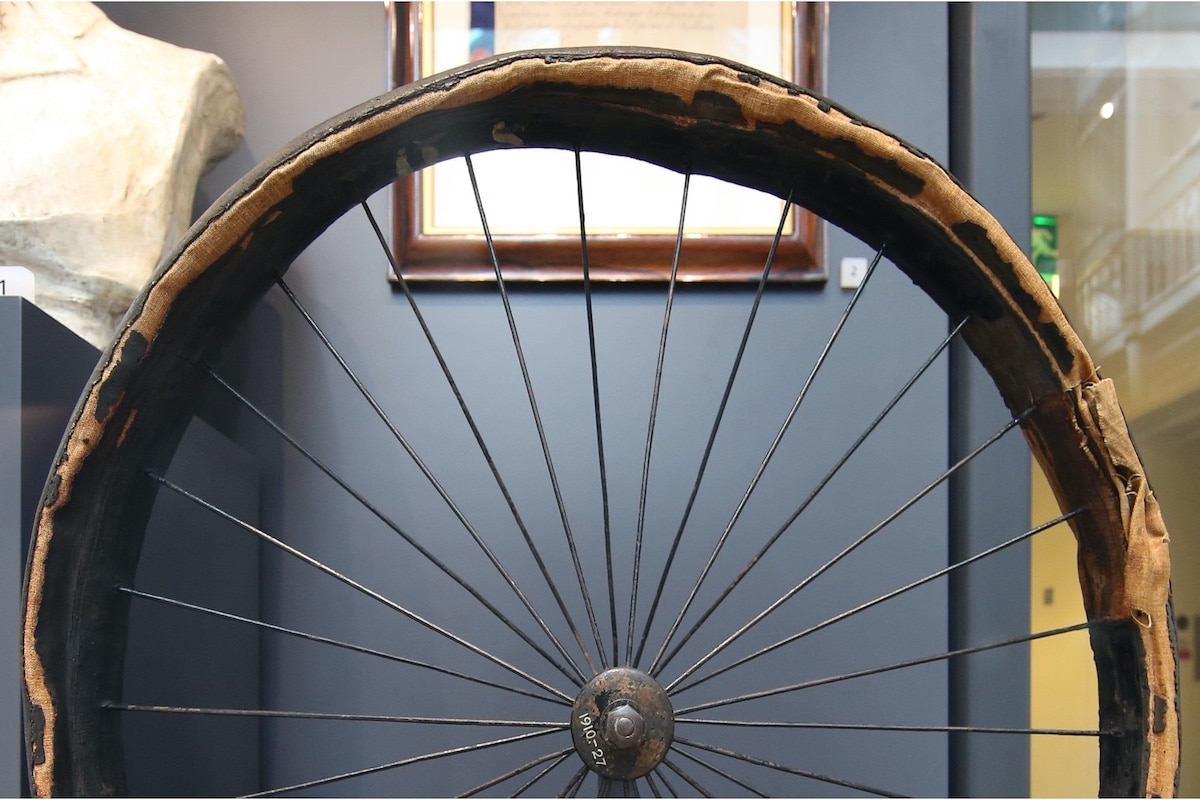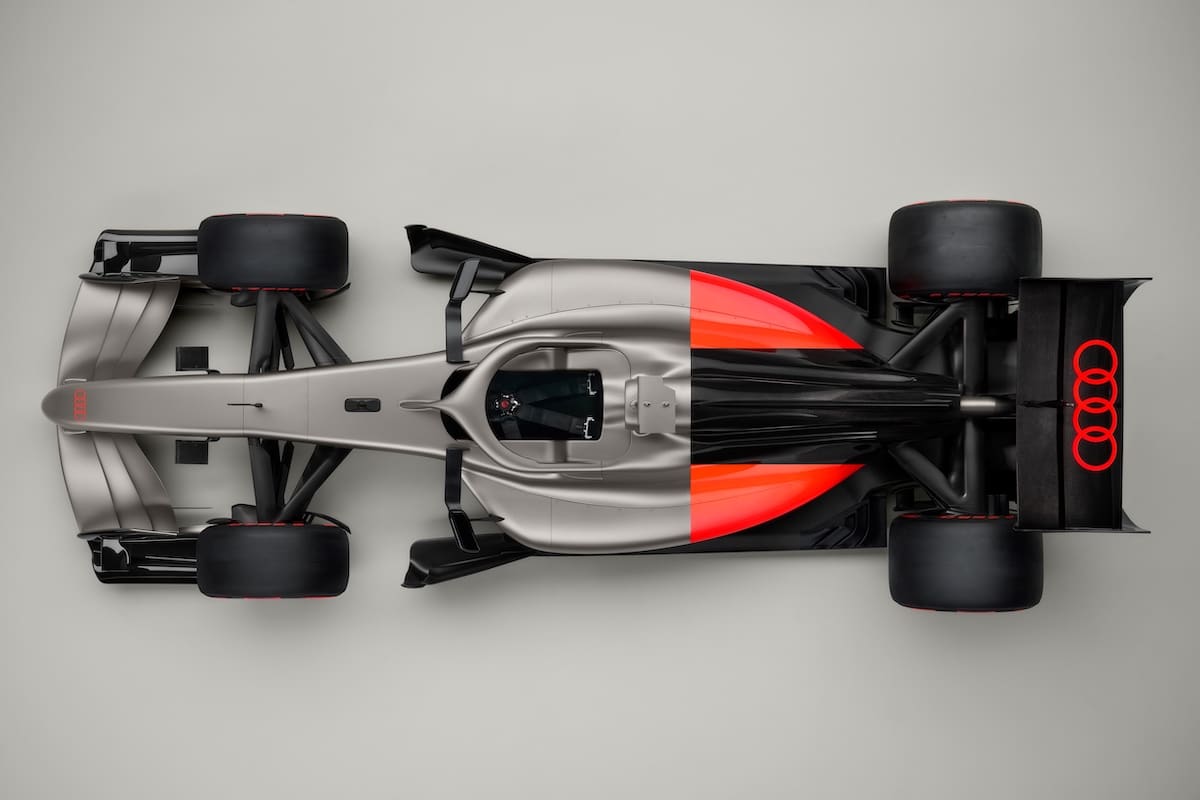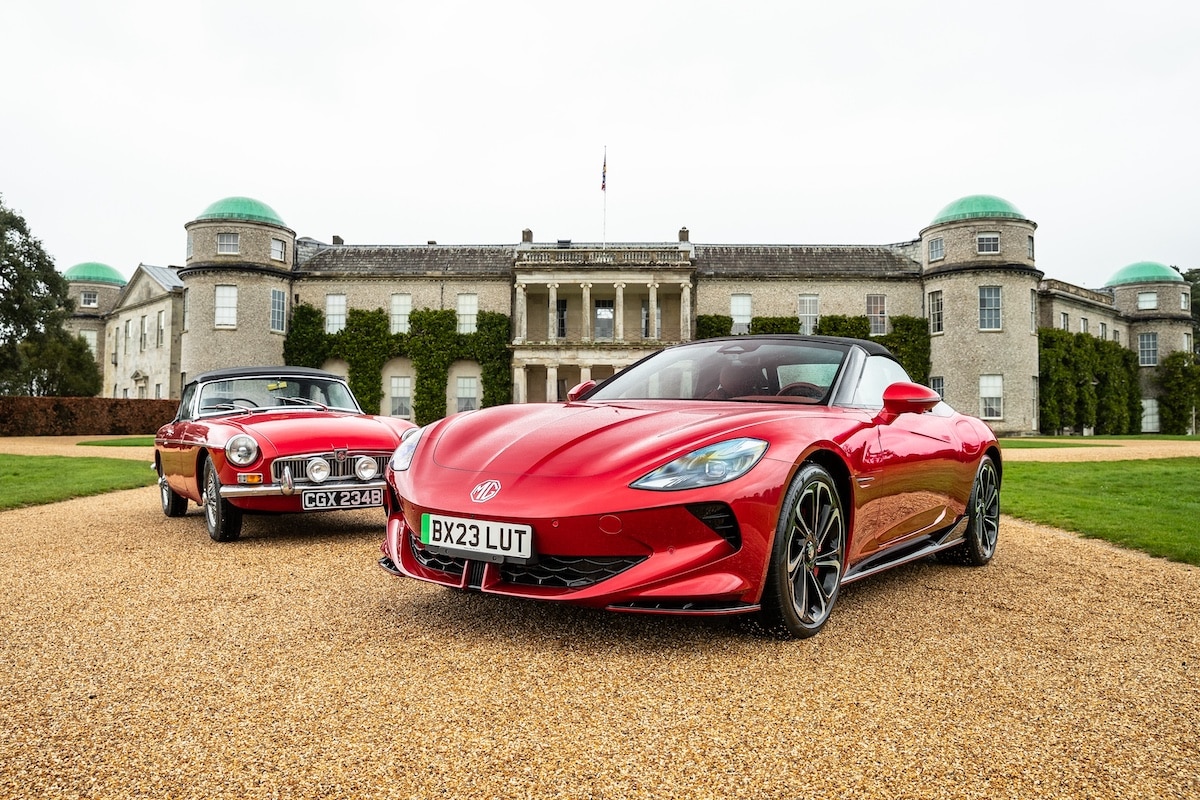The Future of the Metro Arrives on Line 10
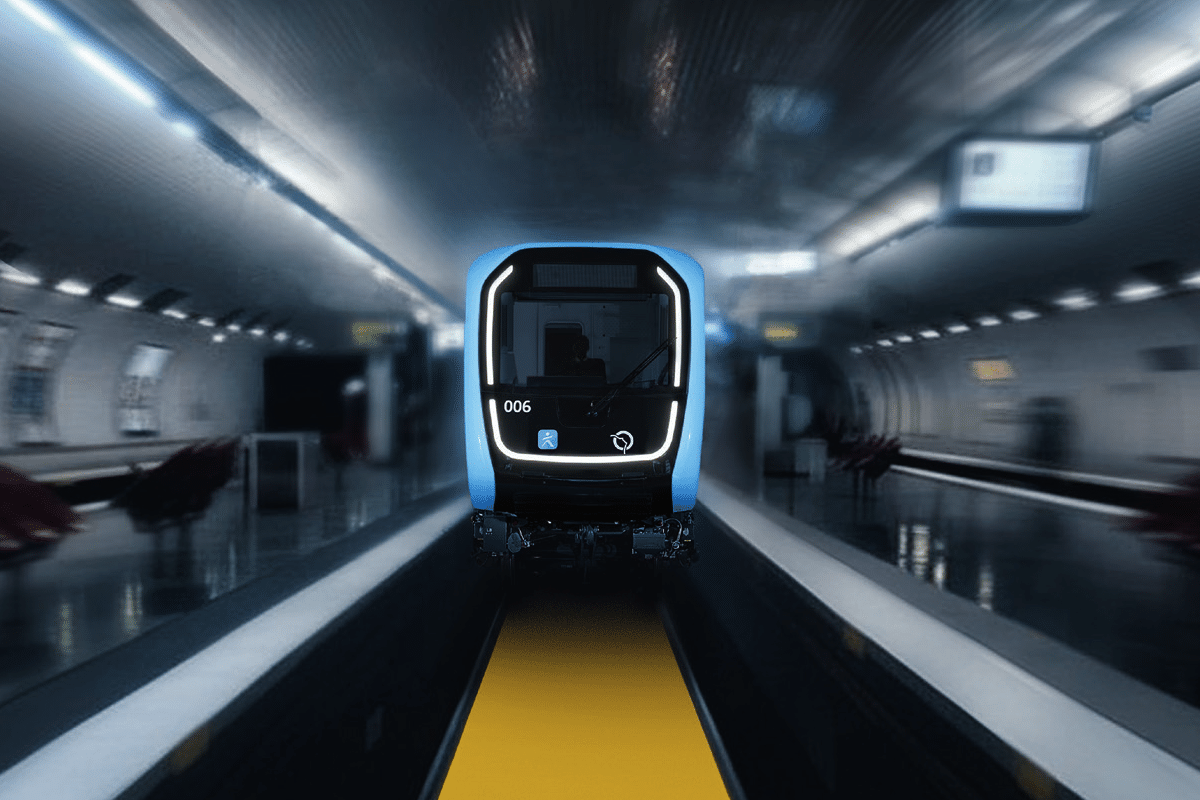
The MF19, a new generation subway designed by Alstom, enters service this week on Paris’s Line 10.
October 16, 2025, marks a major milestone for the Île-de-France metro network. The MF19, a new state-of-the-art subway train, begins operating on Line 10. This launch is part of the extensive modernization program initiated by Île-de-France Mobilités, which has allocated over 17 billion euros since 2016 for the complete renewal of trains and metro cars. The goal is to provide residents of Île-de-France with a more reliable, more comfortable, and environmentally friendly network.
Resulting from a collaboration between Île-de-France Mobilités, RATP, and Alstom, the MF19 will gradually replace the MF67, MF77, and MF88 trains, which are nearing the end of their service life. This new metal-wheel rolling stock will complement the modernization already underway for rubber-tired lines, notably equipped with MP14 trains. By 2033, the MF19 will operate on eight lines of the Paris metro: 3, 3bis, 7, 7bis, 8, 10, 12, and 13. This deployment will renew half of the network and offer travelers a completely redesigned commuting experience.
Designed to meet the mobility needs of the 21st century, the MF19 focuses on energy efficiency, increased capacity, and universal accessibility. It features modern amenities, LED lighting, optimized ventilation, designated spaces for people with reduced mobility, and improved passenger information systems.
You might be interestedin this article:
The MF19 unquestionably represents both a technological and symbolic leap for the Paris metro: more modern, cleaner, and more comfortable. But behind this showcase of modernity, a significant challenge remains. Because if the trains are finally adapting to the 21st century, the network itself remains largely frozen in the past. Narrow stairs, stations not equipped with elevators, difficult access: for people with reduced mobility, the promise of a “barrier-free” metro still largely remains theoretical.
In other words, we now have metros for the future… but not yet the stations to welcome them.
ALSO READ: Why is there a Parisian metro station in Montreal?
This page is translated from the original post "Le métro du futur arrive sur la Ligne 10" in French.
We also suggestthese articles:
Also read
